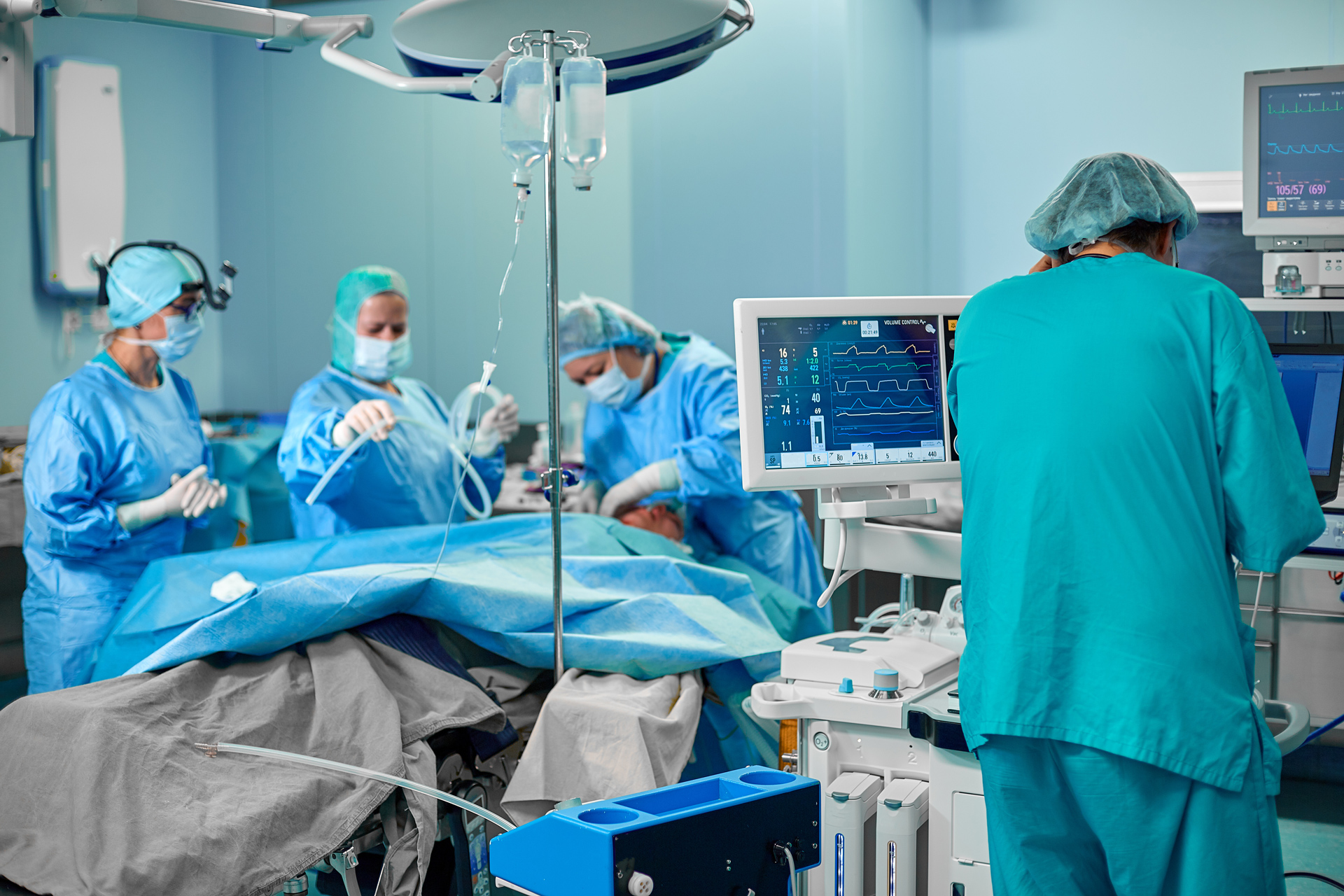
the challenge
Accelerating Auditing and Claim Generation
Emergency department coders have a crucial role to play in coding physician notes for billing. This information goes into insurance claims which require accurate entries. In fact, most emergency department enterprises have to meet a 95% threshold of quality across all sites. However, manual entries and audits can’t stand up to the consistent mathematical rigor and compliance expected of these departments.

What we do
ApexonED
ApexonED is an AI-powered revenue cycle management platform that can automate your coding and auditing for more accurate and efficient billing. ApexonED uses Natural Language Processing (NLP) to enhance the efforts of your emergency department coders, predict errors, and prioritize claims based on costs. This can boost claim accuracy, maximize ROI, and improve overall patient care.
THE OUTCOMES WE DELIVER
Free up resources to focus on healthcare
ApexonED automates coding and auditing processes for better accuracy and increased productivity
reduction in audit time
improvement in coder productivity
reduction in coding errors and denials
improvement in accuracy of monthly cash projections
Our approach
Automated Coding for Value at Speed
ApexonED’s predictive and data classification machine learning models drive efficiencies across emergency department operations.
Key capabilities include:
Automated Coding
Automatically code files in PDF, HL7, Excel or TIFF formats for Level of Service (LOS), Evaluation & Management (E&M) levels, International Classification of Diseases (ICD), and Current Procedural Terminology (CPT) codes.
Quality Assured
Automatically predicts claim errors due to mistakes in chart entries or those that may be denied.
Better Collections
Integrate clinical, financial, and operational data to pinpoint acuity shifts where inaccurate coding may lower collection values using advanced analytics in our SensER solution.
Analytics-Driven Dashboard
Drive productivity through clinical, operational, and financial KPIs. Get automated dashboard reporting on anomalous trends for physicians to review and make adjustments on the go for up to 100 KPIs.
ApexonED in Action
ED Company Leverages Automation to Improve Audit Efforts by 50%
ApexonED helped an emergency department company automate their coding and billing operations, streamline their workflows, and bring in savings of 40% in FTE, and 60% in training costs.
US-based Physicians Group Improves ROI by 6X
ApexonED helped a large physicians group use deep learning models to improve error identification by 3x and reduce financial leakage by 40%.